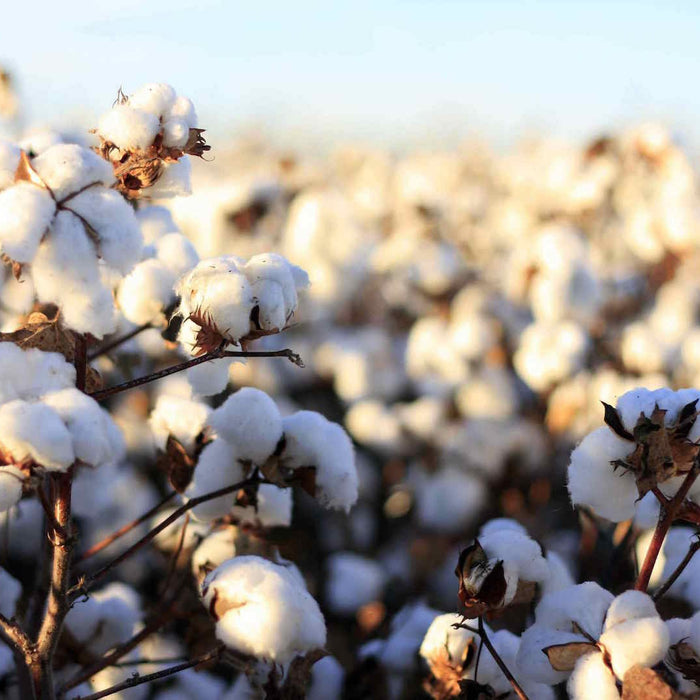
How To Bathe Your Newborn Baby
Bathing your baby for the first time may seem scary at first. Here are a few helpful links: How to give your newborn a bath Baby’s First Bath A bath is a perfect way to bond with your baby. Even tough...

Bathing your baby for the first time may seem scary at first. Here are a few helpful links: How to give your newborn a bath Baby’s First Bath A bath is a perfect way to bond with your baby. Even tough...

Cotton is a natural, plant-based fiber. A cottonseed is planted in the soil, eventually growing and yielding a fluffy white protective case that surrounds the seed. This protective case is the cotton fiber that ends up in our clothing, towels,...